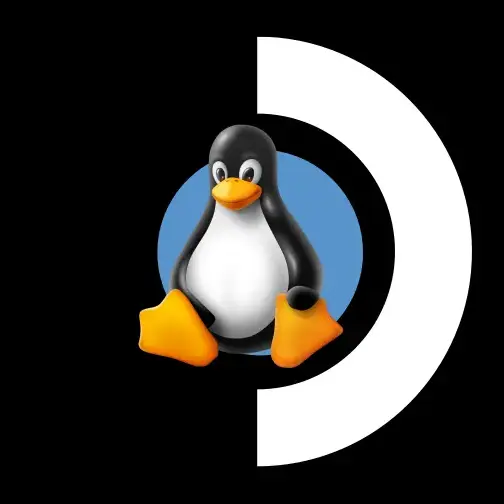

I bought a used old gen Sonos Connect about a year ago to integrate my Logitech Z906 into an existing pair of Sonos speakers. They made it deliberately tedious to downgrade those speakers (who had gotten the S2 “blessing”) back to S1 to make them work with the Sonos Connect. I’m an IT repair shop guy and I cursed all the way through this downgrade process.
I would have gladly bought current hardware from them again if their prices were anywhere within the realm of plausibility. Credit where it’s due, that Sonos Connect hookup with the 2 wall-mounted 1st party speakers works absolutely reliably. That company just seriously lost its bearings since they engineered those parts.


My solution is basically what @mojolobo mentions with Nextcloud behind it and I love the concept. Because Obsidian (via a WebDAV plugin on the phone) just syncs with the “Notes” folder in my Nextcloud root it really is just a bunch of .md (markdown) files. It gives me an added sense of security (on top of the self-hosting aspect) because I can see those files everywhere I have Nextcloud installed, I can edit them manually if I wanted to. On the PC you just point the Obsidian app to the folder, on phones you do it via a WebDAV plugin.